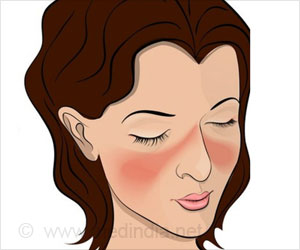Can't help to understand why your husband's diet chart is not helping you get rid of those love handles? Well, a group of researchers have the answer for your query: men and women
If your better half’s diet chart is not helping you get rid of those love handles, scientists may just be able to give you an answer. A group of researchers have found men and women need different diet plans to increase longevity and reproduction. They are simply “wired” to be different.
In the first study of its kind, the researchers have shown that gender plays a major role in determining which diet is better suited to promoting longer life or better reproductive success.In the evolutionary "battle of the sexes", traits that benefit males are costly when expressed in females and vice versa.
This conflict may have implications for human diet, aging and reproduction, says a team of scientists from UNSW, the University of Sydney and Massey University.
"When it comes to choosing the right diet, we need to look more closely to the individual, their sex and their reproductive stage in life," says Associate Professor Rob Brooks, Director of the Evolution and Ecology Research Center at the University of New South Wales.
"It may be, for example, that women in their child-bearing years need a different diet to those who are post-menopausal.
"It also underlines the important lesson that what we want to eat or, if you like, what we're programmed to eat, is not necessarily best for us," Brooks said.
The researchers are conducting long-term studies on Australian black field crickets and have discovered that the lifespan of both males and females is maximized on high-carbohydrate, low-protein diets, they say in the latest issue of Current Biology.
But reproductive success differs dramatically between the sexes when the carbohydrate-protein balance is changed: males live longest and have the greatest reproductive success with a diet that favors carbohydrates to protein by eight-to-one, whereas females have greatest success when the ratio is just one-to-one.
Given a choice, however, females eat only a small amount more protein than males. The shared ability to sense and choose food dooms both males and females to eat a diet that is a compromise between what is best for each sex.
"Male and female crickets maximize their fitness on different diets," says UNSW's Dr Alexei Maklakov, the study's lead author.
"Despite that, the dietary preferences of the sexes are very similar. Instead of selecting foods in a sex-specific manner, males and females select 'intermediate' diets that are less than optimal for both sexes," Maklakov added.
Source-ANI
TAN/M














